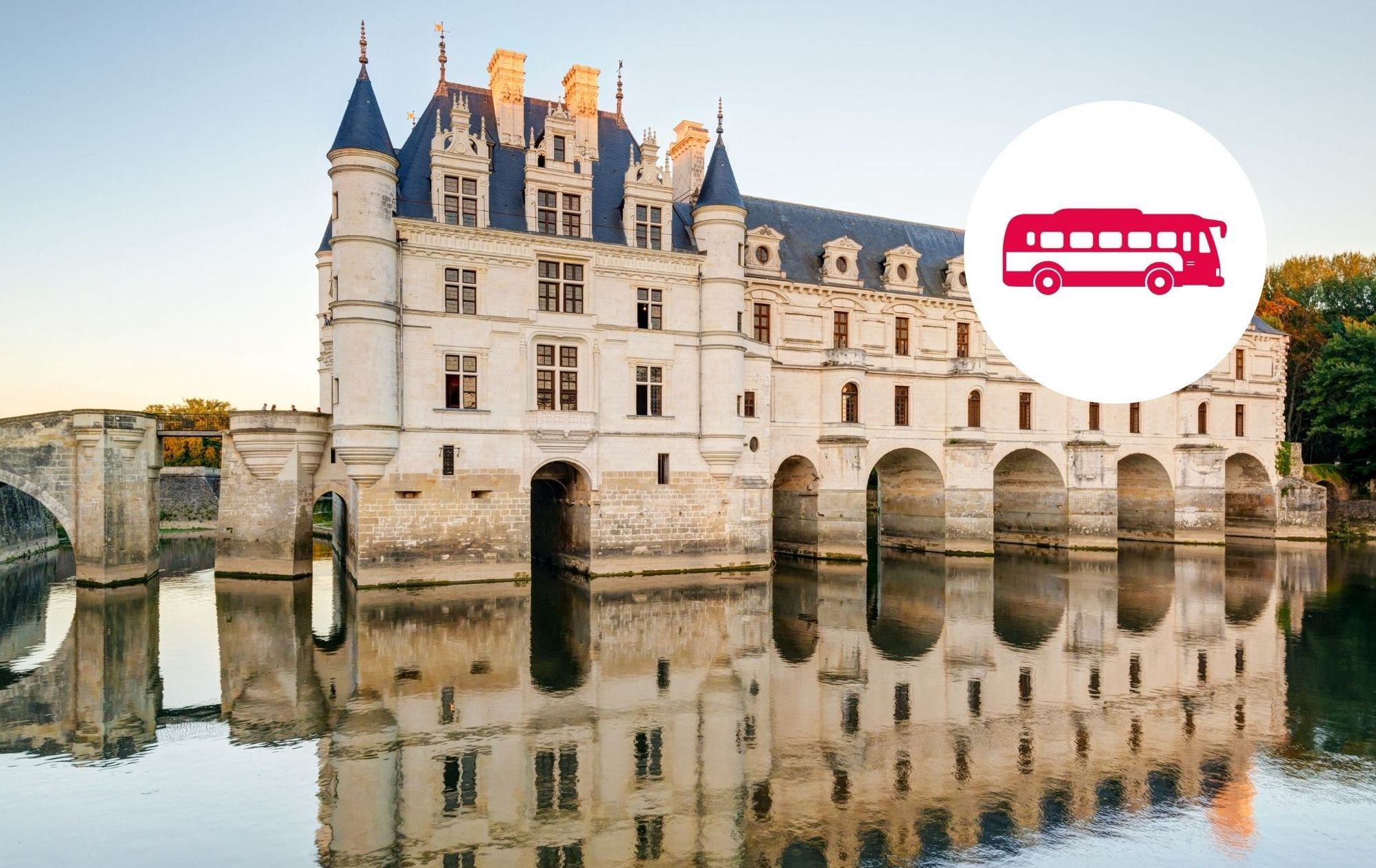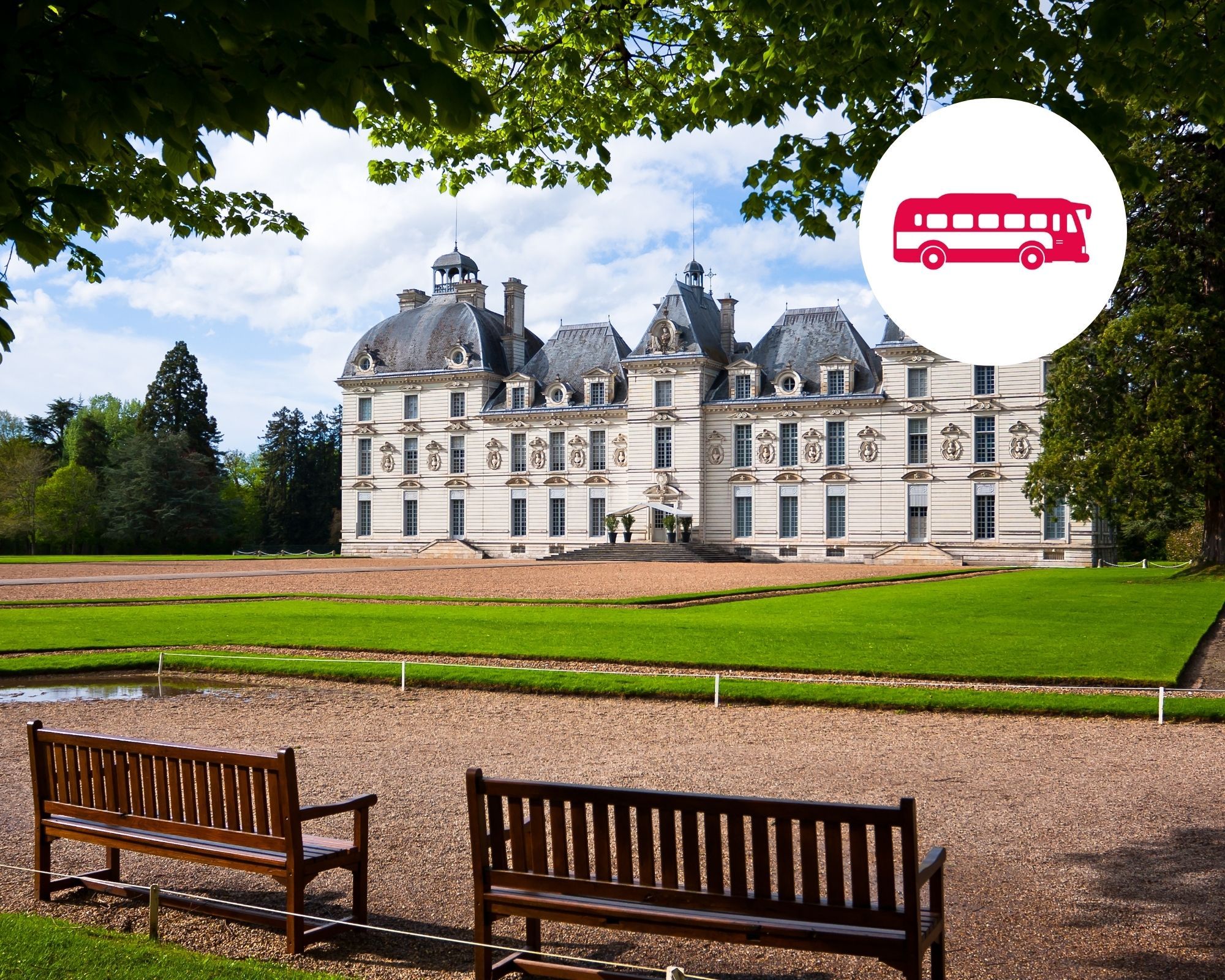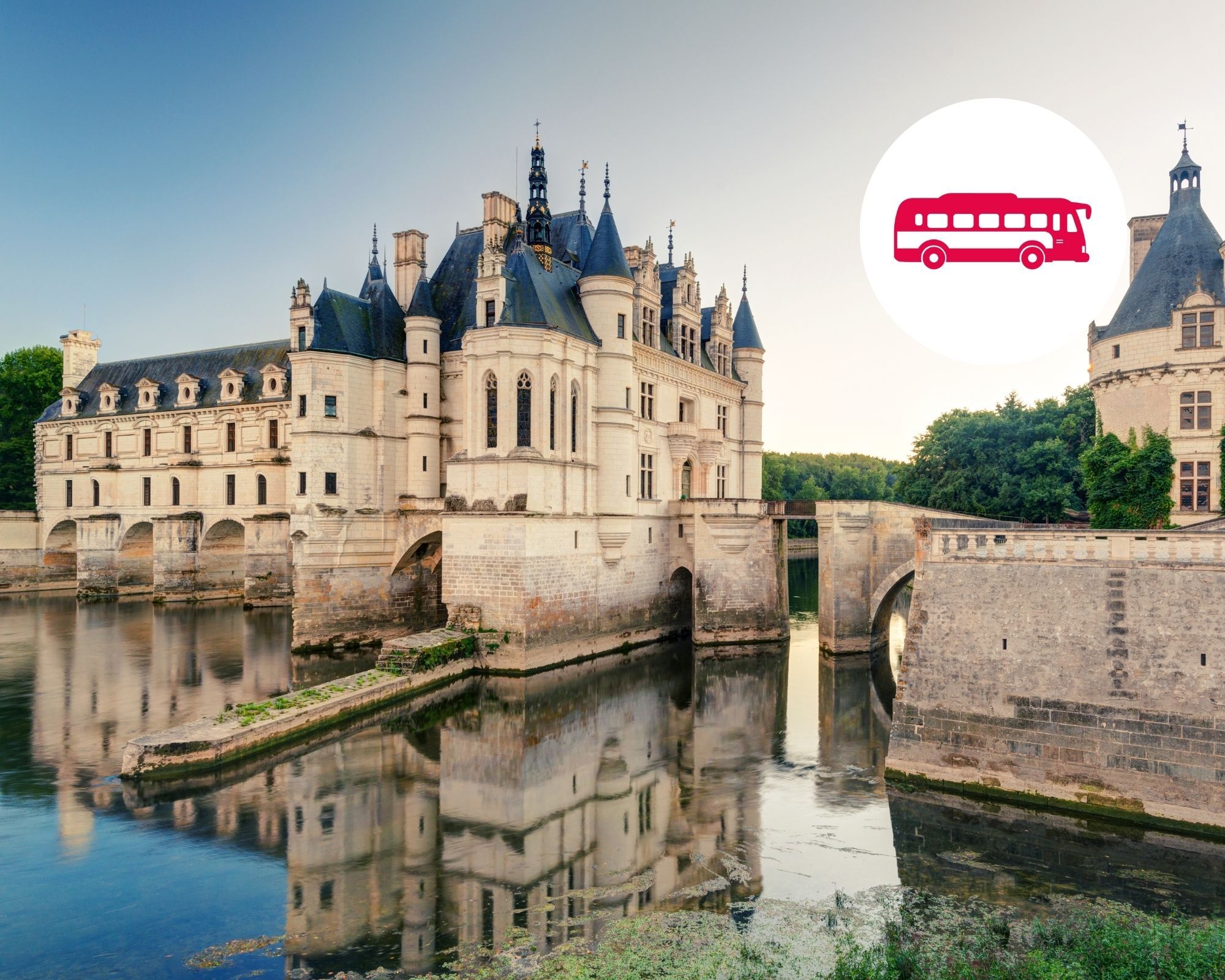A History of the Châteaux of the Loire Valley
The French Renaissance lasted from the 15th to the 16th century. It was under heavy Italian influence that the art of castle building would develop, along with music and painting. The Kings of France, from François I and on, were determined to make France an important world power. Leading figures like Leonardo da Vinci were invited to the kingdom and even to take up residence in one of the châteaux. Kings and historical figures built incredible castles.
The Loire Valley and The Arrival of French Royalty
It was during the French Renaissance that the royal court was established in the Loire Valley. A strategic geographical and economic location for trade, the Loire River crosses the country and a beautiful, verdant landscape that embraced royal ambitions to build a succession of sumptuous pleasure palaces.
It was at the beginning of the Middle Ages that castles started being built in the Loire Valley. Some medieval fortresses remain visible at the upstream of France’s longest river, the Loire. However, the victorious Battle of Marignan in 1515 under the reign of a young King Francois I would mark the beginning of a new era. In 1519, Château de Chambord was the site of major renovations begun by the sovereign whose aim was to construct glorious castles that reflected his victories in battle.

Neglected Castles
The Loire Valley and its castles were unfortunately left to abandon by French royalty who preferred to establish their principal residence in Fontainebleau, at the Louvre Palace, and then later at Versailles. Francois I spent his final days at the Chateau de Rambouillet in the Yvelines region.
Thanks to donations and takeovers, the châteaux were slowly but surely acquired by members of the French nobility.
Although it was the official residence of François I, Château de Chenonceau was never renovated or enlarged. In fact, it was following the King’s death that Diane de Poitiers had an arched bridge built above the Cher River, an addition that cements the château’s charm and provides a feminine touch.

Private properties That Saved France’s Cultural Heritage
A large part of the Loire Valley châteaux are private properties open to the public. The Center of National Monuments, which also manages other heritage sites like Mont Saint-Michel, is the legal owner and administrator of all the castles from Azay-le-Rideau to Châteaudun, among others.
Taking matters into hand has allowed for the upkeep and restoration of these astounding palaces. For example, Château de Villandry was taken over at the beginning of the 20th century by the Carvallo family who saved the edifice from being demolished and who also contributed a significant collection of Spanish pictorial paintings.
An exceptional tourist site
The designation “Châteaux de la Loire” refers to an exceptional tourist area where countless historical events marked the histories of both France and Europe during the Renaissance amid an idyllic landscape. To relive these moments and to discover a rich heritage, several events (mainly shows) are organized regularly so that the public can travel back in time.


